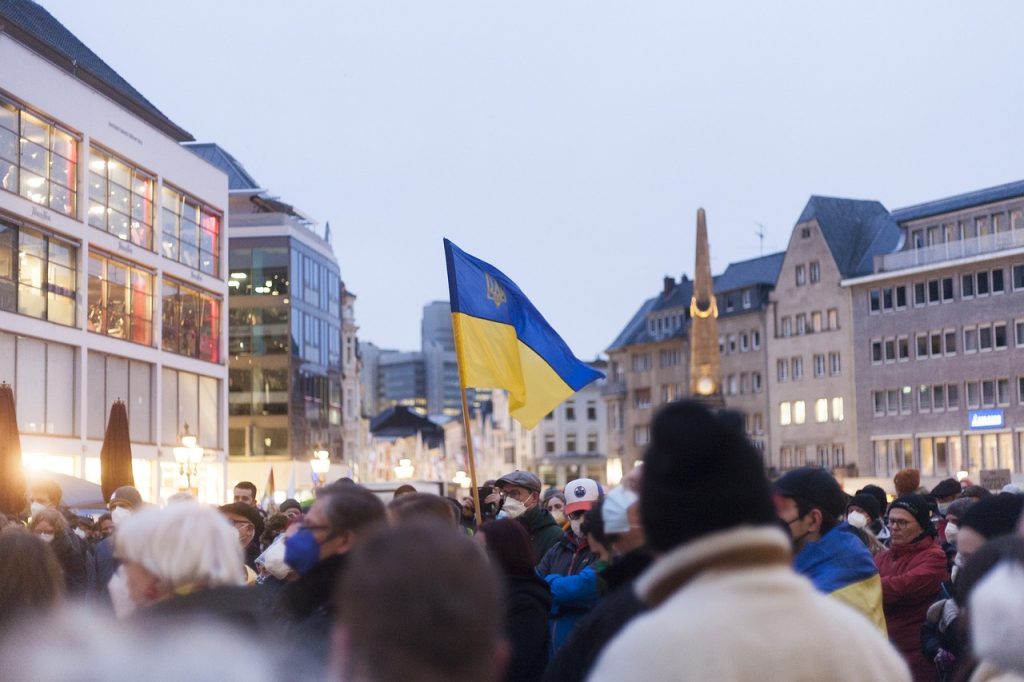Report: Impact of the immigration of war refugees on the population of Estonia will be smaller than expected
The Ukrainian war refugees potentially settling in Estonia will somewhat delay the decrease of the population in Estonia, but the immigration will have a shorter-term impact compared to the earlier projection, is revealed by the report “Ukrainian War Refugees in Estonia – Population and Integration” by the Foresight Centre, published today.

At the beginning of the war, the Foresight Centre projected in its scenarios that either 10,000, 30,000 or 60,000 people would settle in Estonia. “We assumed that the birth rate and mortality of war refugees would not be different to the birth rate and mortality of Estonian nationals but over the year we have learned more about the gender and age distribution of the people who have arrived and this affects what the population of Estonia may be like in the future,” expert of the Foresight Centre Märt Masso pointed out.
In last year’s projection, the Foresight Centre estimated the growth of the population of Estonia to be higher due to war refugees as a greater proportion of women among immigrants increases the birth rate. According to the latest data, the proportion of men who have arrived in Estonia is greater than was assumed and, due to the updated gender and age distribution, the positive impact on the size of the population may be expected to wane faster. “The further migration pattern of the war refugees will inevitably depend on the end of the war and the further development of Ukrainian society,” Märt Masso specified.
For example, if 30,000 war refugees settle permanently in Estonia, this will increase the population of Estonia above the pre-war level for 19 years, while an earlier projection was 22 years. An addition of 60,000 refugees would increase the population of Estonia for 34 years and, according to an earlier projection, for as long as 40 years.
“In order that the population of Estonia would not decrease by the end of this century, a rise of at least 10% in the birth rate or an average positive net migration of 3,900 people per year or a combination of a rise in the birth rate and positive net migration will be needed,” Märt Masso said. He emphasised that, for society to be sustainable and cohesive, the people who had arrived needed to be integrated with the stationary population.
Since the beginning of the war, according to the data of the Social Insurance Board, 122,554 people have entered Estonia, 55,792 of whom have left and 66,762 have stayed. According to the data of Statistics Estonia, 31,584 residents from Ukraine were added to the population of Estonia last year. The nearly twofold difference compared to the data of the Social Insurance Board is due to fact that only a part of the war refugees who have arrived in Estonia have applied for and received temporary protection which is equal to a residence permit.
The integration of the war refugees from Ukraine into Estonian society will depend on the willingness of the members of Estonian society to receive and support the new residents as well as on the economic situation, including job opportunities.
The Estonian population’s support to receiving Ukrainian war refugees has been high so far and the Ukrainians’ entry into employment has been supported by the current economic situation and labour shortage. “A cooling in the economy means that businesses are less willing to recruit which increases the population’s unemployment rate. This in turn also affects the employment of people from Ukraine in the Estonian labour market,” the expert of the Foresight Centre added.
The brief report “Ukrainian War Refugees in Estonia – Population and Integration” is a part of the study “Long-term impacts of the Russian-Ukrainian war on Estonia“ by the Foresight Centre.
Latest news
-
27.06 2025Current low birth rate will lead to up to 1.3 billion euros less tax revenue in the future
In its new short report “The impact of population ageing and low birth rate on long-term state revenue and expenditure”, the Foresight Centre notes that the lower than projected birth rate will reduce government spending on family policy and education, but in the long term, it will mean up to 1.3 billion euros less in tax revenue.

 An independent think tank at the Riigikogu
An independent think tank at the Riigikogu 